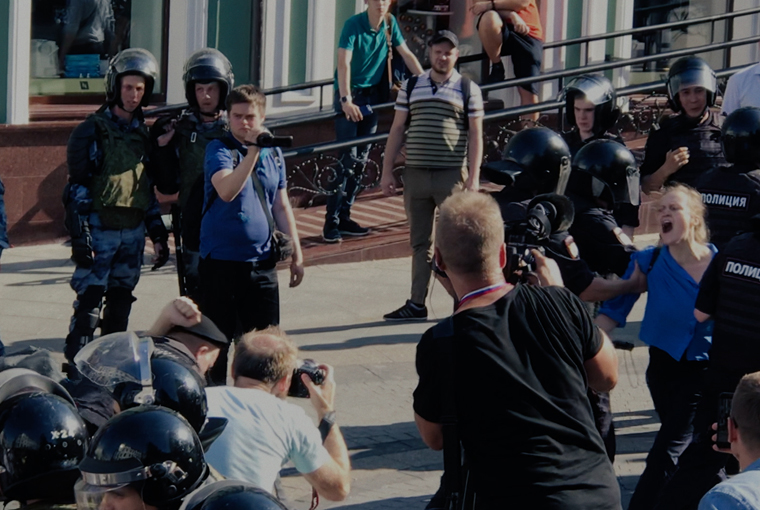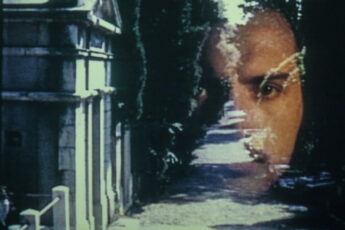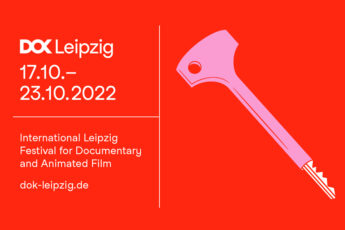
One of the driving motivations for founding this journal over a decade ago was the observation that cinema is everywhere. Film productions had become so expansive that it was no longer possible to create a film journal without begging questions: what kind of films, made by whom, and where? Back when the Cahiers du cinema still published the Atlas du cinema every year before they sold out to Phaidon, readers could marvel at graphs showing how film productions in Europe had doubled during the decade from 1995-2005. During this period of European integration, movies were being made at the rate of those in emerging countries like India, whereas they were actually declining in the US. Even though Hollywood blockbusters still dominated distribution channels (and hence the box office), the sheer number of new productions worldwide eventually made it harder, if not impossible, to speak of a single film canon. The canon had become balkanized and so there was an obvious David vs. Goliath vibe to the decision not to contribute to the grand narrative of cinema and focus on some of the underdogs instead.
Today the battle over the soul of European cinema has reached epic dimensions, playing out as a metacinematic version of Joseph Kilian, the early Czech New Wave classic by Pavel Juráček and Jan Schmidt, in which the protagonist is trying to find Kilian, whom no one else has ever seen. With the rise of cultural mega firms, fears of being sucked up or obliterated by a monopolistic market driven by rating studies and advertising spots are haunting well-established yet smaller industries whose distribution channels have failed to attract a steady inflow of audiences. The recent sponsorship deal between Netflix and the Cinémathèque française, France’s holy temple of motion pictures, has driven the final nail in the coffin of a film distribution system some had already considered dead. Goodbye, children of films d’auteur.
Winner-take-all markets are, of course, not only reserved to multinational behemoths. Notwithstanding the very French fears of becoming insignificant, European film productions (including French ones) continue to climb, albeit at a slightly lower rate than in the 1990s and early 200s. In the following decade, from 2007-2016, productions still rose by almost 50%. The trend towards increasing economies of scale, where a few big players appear to be reaping all the benefits, is thus also still accompanied by increasing micro-segmentation – the fragmentation of the film industry into ever narrower niches, from the explosion of online film festivals to the renaissance of local film clubs.
To be clear, the struggle for survival in this environment has been relentless, fierce, and violent. The submission platform filmfreeway records 202 new film festivals in Europe for this year alone. How many of these will survive or even go through a second year is anyone’s guess. As those who have ever worked for such festivals can attest, the paygrade, when it exists, is low, the workload infinite. But the show must go on.
While global giants are taking over, the EU, as so often, is trying to solve problems top-down by professing to strengthen developments at a local level. Last year’s launch of the European Film Club which is financially backed by the European Commission is the latest of such endeavors. According to the website, the aim is to be a film club platform and network for young people to come together to watch and discuss European films and share their own. Looking at the partners included in the program, one may be surprised to find the usual suspects, i.e. national film centers, film schools and festivals. Among them are the British Film Institute (Brexit, anyone?), the Austrian Film Academy and the Sarajevo Film Festival. In what way these institutions, important as they are, count as film clubs is anyone’s guess. One cannot help but wonder whether established as well as up-and-coming film clubs that are truly embedded into their local communities such as the Cine Club Split, Midnight Express in Athens, or Kinema Ikon in Arad, Romania have ever even heard of the European Film Club.
Whether such well-intended initiatives will have a reverse effect of crowding out European filmgoers and damaging alternative cultural infrastructures even further remains to be seen. What is fairly certain is that the program will fail to freshen up the sleepwalking mainstream of Europe’s institutionalized cinema.
The conflict between state-sanctioned traditionalism, the avant-garde and profit-seeking mass culture is not new. At the turn of the last century, so-called academic art filled art fairs and salons with historical motifs and references to antiquity. Impressionism, which pioneered modern art and was sponsored by patrons, was barred from these exhibitions, and the rise of mass culture was threatening both. Adolf Menzel, one of the most important academic German painters of the period, decried the new art form (he called Degas’ paintings ‘dirt’). That did not keep Menzel from adopting a more impressionistic palette, however, and some of his later (as well as early) paintings and motifs resemble those of the impressionists. And yet, this attempt of institutional appropriation never succeeded. At best, it drove those at the margins of the establishment even further in their pursuit of distinguishing their art from the accepted norms and creating institutions that could compete with those of the state. At worst, it fueled the kind of intolerance and interventionism that paved the way for censorship and propaganda. In the absence of the latter, one may yet hope, that with the active participation of the wealthy middle and upper classes, more pluralism in the film industry could counterbalance both the threat of profit-oriented mass industries and the never-ending litany of state-funded europudding.
***
This month, we are publishing some precious material gathered in the closing stages of our 2022 regional focus on the Balkans. Anna Doyle spoke to Slobodan Šijan, major figure of Yugoslav cinema, about the 1970s experimental period of his filmmaking, and reviewed it as well. Ana Grgić and Antonis Lagarias reviewed a newer break in style, Aida Begić’s A Ballad, and spoke to its Bosnian filmmaker about what motivated her to make that innovative film. Meanwhile, Zoe Aiano completes her coverage of the 2022 DOK Leipzig festival with a review of Marek Kozakiewicz’s Silent Love, which navigates the strengths and ethical challenges of documentary filmmaking. Finally, Colette de Castro saw a rare Russian movie that still travels the festival scene.
We hope you enjoy our reads.
Konstanty Kuzma & Moritz Pfeifer
Editors




Leave a Comment